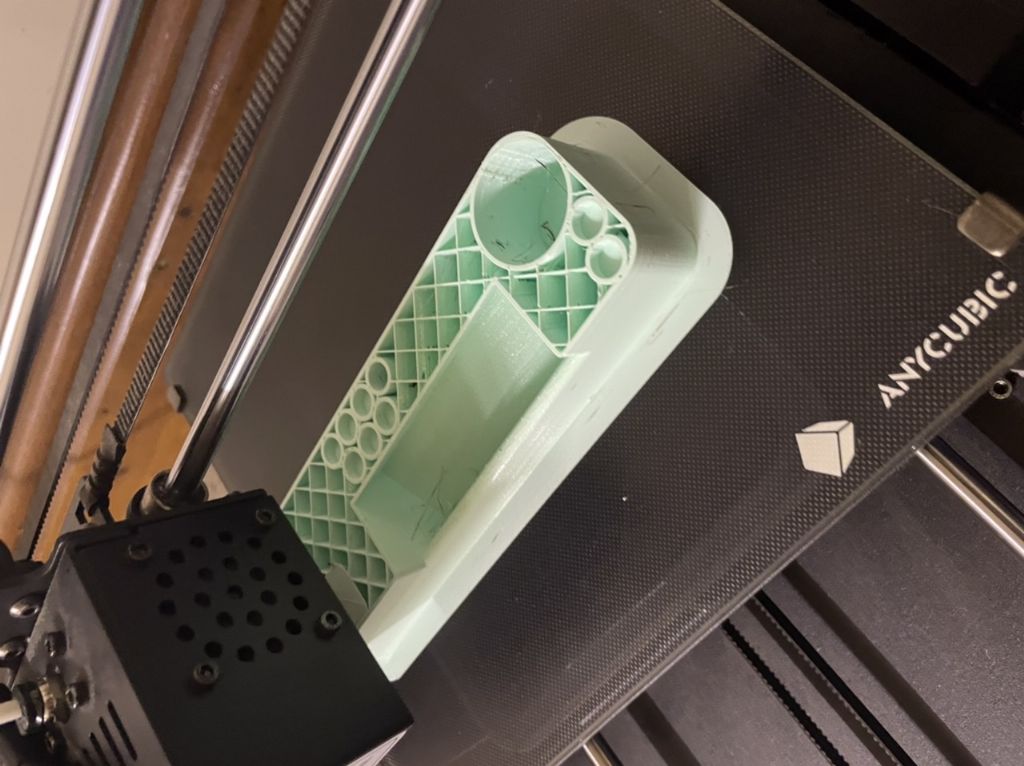My son gave me his Anycubic MegaS and reels of filament when he moved abroad. It is a very good machine once you get it set up. Setting the Z height is very crude, but only needs to be done after a nozzle change, so very rarely.
It has a heated bed, which is surely essential? PETG needs about an 80°C bed to prevent it lifting during the print.
But the machine is very good, and I am getting up to speed making all sorts of useful things and gizmos for around the house – a new lid for the bird feeder, brackets to mend the clothes drying horse, or a rack to store special plumbing adaptors. I use Shaper3D and Cura.
The learning curve is indeed steep. A couple of things I have learned so far:
Prints can take a very long time – my longest so far took 35 hours.
Keep your filaments somewhere warm and dry – they can absorb moisture which will cause problems when printing.
The printer is noisy during operation – put it somewhere remote otherwise it will keep you awake.
Don't put it in a really cold place though otherwise some prints, e.g. nylon might not work very well.
Use a memory card to transfer your Gcode files to your printer. If you use the USB lead connected to your computer, your print might get interrupted – mine stopped every time my computer screen saver came on.
Make sure your filament is free to feed – the print will stop if it jams or becomes hard to pull off the reel.
I find that best results are obtained using the lowest extruder temperature specified on the filament reel. On the AnyCubic, you can change the extruder and bed temperatures "on the fly" , allowing you to optimise the print quality, but you will need to experiment..
Make sure your settings are specified correctly, e.g. filament and extruder diameters in Cura
Start with something simple to get the hang of all aspects of CAD and 3D printing
Use dial callipers to measure and specify dimensions in millimetres in your CAD and work to 2 decimal places. Add 0.25mm all round to any dimension that has to fit something else, e.g. for a tool in a tool rack; to allow clearance for the item to fit snugly but slide in and out freely.
Clean the bed with Acetone or Isopropyl alcohol before a print.
An old woodworking chisel that is square and true but NOT sharp is useful for gently lifting prints off the bed and clearing old filament tracks – be careful though.
Be prepared for mistakes and failed prints !
Resist the temptation to touch or fiddle with the item during printing !
Be prepared to get addicted ! I think I am already.

Edited By John Doe 2 on 17/04/2023 10:35:45
 Neil Wyatt.
Neil Wyatt.




